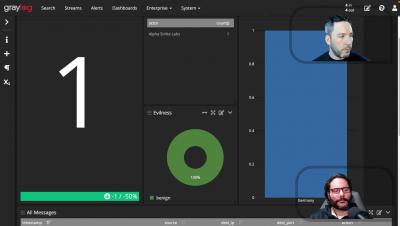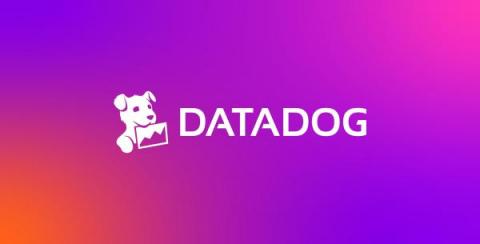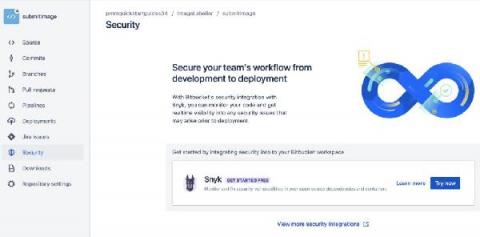Operations | Monitoring | ITSM | DevOps | Cloud
Java
Detect Log4j RCE With Graylog GreyNoise
AppDynamics' response to our customers regarding the Log4j vulnerability threat
We know that the threat posed by the Log4j vulnerabilities is top of mind — and we’re here to help. Bookmark this post for ongoing updates.
The Log4j Log4Shell vulnerability: Overview, detection, and remediation
On December 9, 2021, a critical vulnerability in the popular Log4j Java logging library was disclosed and nicknamed Log4Shell. The vulnerability is tracked as CVE-2021-44228 and is a remote code execution vulnerability that can give an attacker full control of any impacted system. In this blog post, we will: We will also look at how to leverage Datadog to protect your infrastructure and applications.
Bytecode transformations: The Android Gradle Plugin
This is the first part of a blog post series about bytecode transformations on Android. In this part we’ll cover different approaches to bytecode manipulation in Java as well as how to make it work with Android and the Android Gradle plugin. In the next two parts we’ll dive into the actual bytecode, bytecode instructions and how we can modify the bytecode and inject our own instructions, using Room as an example.
Log4shell fix with the Bitbucket Cloud and Snyk integration
December/2021 - CVE-2021-44228: Log4Shell Remote Code Execution Mitigation
This post will be updated over the next several days. Recently, a Remote Code Execution vulnerability was discovered in the Apache Log4J library. This vulnerability, which is tracked in CVE-2021-44228, dubbed Log4Shell, allows attackers to execute arbitrary code on affected systems. While HAProxy Enterprise, HAProxy ALOHA, and other products within the HAProxy Technologies portfolio are not impacted by this (they do not use the Log4J library at all), you can use them to block the attack.
Catching Malicious Log4j/Log4Shell Events In Real Time with LogStream
The recent Apache Log4j vulnerability CVE-2021-44228 dubbed Log4Shell is a big deal. By now there is no shortage of blogs, other write-ups, and analysis about why this vulnerability is an urgent issue and why there is a very good chance it applies to your environment. Here are some of the articles that dive into the gory details on this CVE.
Log4j Log4Shell 0-Day Vulnerability: All You Need To Know
What is the Log4j 2 Vulnerability?
Over the last few days, there have been a tremendous amount of posts about the Log4j 2 vulnerability, with Wired going so far as claiming that, “the internet is on fire.” Tl;dr: LogDNA is not exposed to risk from the Log4Shell vulnerability in Log4j 2 at this time. If that’s all you came for, you can stop reading here. If you want to learn more about the vulnerability and how LogDNA protects you from risks like these, grab a cup of coffee and read on.











